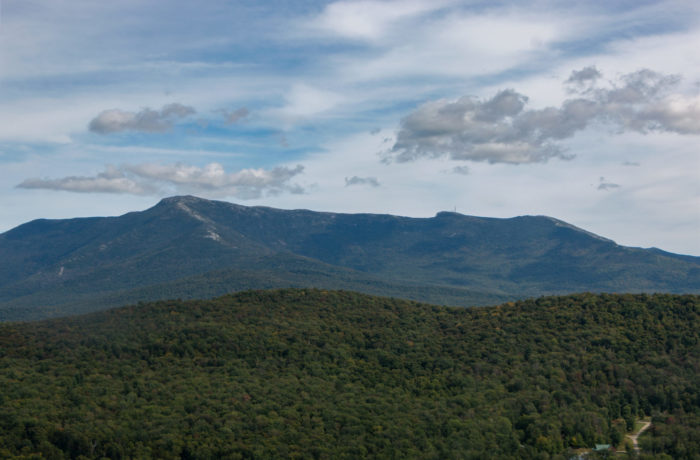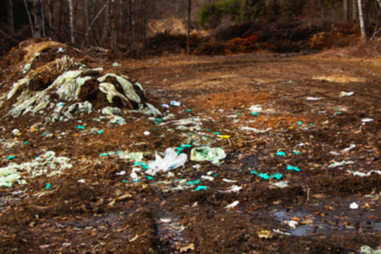By: Shaelyn Cavanaugh
A project aimed at integrating gardening, literature, and hands-on learning at St. Michael’s College has bloomed in the Literature for Children and Adolescents classroom. Students in the course examine connections between children’s books and a flower of their choice planted in the Books in Bloom garden, located between St. Edmund’s and Klein buildings. Students utilized technology in the MakerSpace to create signage for the garden that lists books where each flower is featured. Garden visitors will be able to scan a QR code that will lead them to book reviews written by the students in the Children’s Literature course.
Alexis Dougherty ’18, a student in the class, feels that the new signs in the garden will be a great interactive tool.
The cross-curricular project is “a touching point” for creative problem solving, sustainability, hands-on learning, and personal fulfillment for students, said Eric Roy, technical director of the MakerSpace.
Professor Valerie Bang-Jensen, who is spearheading the project, teaches courses in the education department, including Children’s Literature, and a first-year seminar, Digging Down to the Roots: The Meaning of Gardens. Bang-Jensen’s enthusiasm for the garden was immediately evident to her students. When she arrived to class with a bin of clippers for garden maintenance, students eagerly took to deadheading. She articulated that her goal for the garden is to bring students, faculty, and visitors to the site by more effectively communicating the role each flower plays in each book.
Dr. Bang-Jensen’s connection to the garden even inspired her book Books In Bloom, co-written by her colleague , Dr. Mark Lubkowitz, professor of biology. Bang-Jensen said, “The garden was essentially a 3D rough draft for the book,” which examines literary and biological elements of gardens and how they support each other.
“Professor Lubkowitz and I realized that students in their majors are often stuck in ‘knowledge silos’,” and as a result, the pair co-created the Teaching Gardens–a collection of four gardens–as a learning laboratory. The Books in Bloom garden is a way for students to examine literature from a biological perspective, and vice versa.
“In the real world, huge problems like global warming can only be changed if economists and environmentalists and educators all work together,” said Bang-Jensen, explaining that The Books in Bloom garden embodies this transdisciplinary liberal arts approach.
“Each book choice and flower choice in the garden is intentional. Even the design of the garden looks like an open book,” said Johanna Lesch ’18. The project not only helped students cultivate their skills through writing book reviews in a real-world context, literary connections to flowers also struck a personal chord with some students in the class. Lesch chose to examine dahlias in children’s literature. Flipping through the pages of Dahlia by Barbara McClintock, Lesch explained that her grandparents had a dog named Dahlia. “I just had to do that one.”
Anna Strong ’20, chose the chrysanthemum because Kevin Henkes’ picture book of the flower’s name is “One of the books I grew up with.”
“Doing this made me think about the role flowers play in children’s literature. It brought the flower to life for me,” said Strong.
Lesch echoes this sentiment of real-world application: “This project connects us to something here. It makes learning real.”


